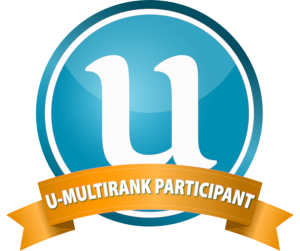Histology with Basics of Embryology (MK_038)
About Study Course
Objective
to develop general and specific understanding of human cells, tissues (epithelial, connective, muscle and nerve tissues) and structure of organs, especially those of head, face and neck (oral cavity, including tongue, teeth, lips, salivary glands, and sense organs), basic human development (fertilization, implantation, bi- and trilaminar embryo, placentation, development of three germ layers); of the main cellular, subcellular and molecular processes (induction, determination, differentiation and growth), and of processes at all stages of intrauterine development. Understanding of the necessity of this knowledge in practical work of dentists will be developed and a positive attitude towards this difficult subject will be created.
Prerequisites
Cytology. It is advisable to acquire biology, anatomy, physiology and biochemistry simultaneously.
Learning outcomes
Upon successful completion of the course students will be able to describe the cell structure of the differentiated body tissue and organs; indicate correlations between the face, jaw and neck structures and those of different body tissue and organs; explain aging changes of structures; distinguish the role of histology in cases of different changes in teeth and jaw, and face structures. Students will be able to demonstrate understanding of embryology and significance of prenatal diagnostic methods, to describe structural features of primordia in tissue and organs at different developmental stages, to define risk periods in histo- and organogenesis, and to analyse the most often observed developmental anomalies.
the students will be able to:
- identify face, jaw and neck structures in routinely stained histological slides;
- detect microscopically primordia of the tissue and/or organs and approximate stage of their development; they will recognize stages of development of the face, jaw, neck and sensory organs;
- differentiate main tissue groups in histological/embryological schemes and evaluate the possible structure adequacy to the intrauterine stage;
- work with special literature, record, describe and display prepared histological specimens;
- prepare reports and give presentations on issues of histology.
Students will be able to recognize embryonic tissue and organ morphology and structure in clinical specimens and pictures of the science of morphology. They will be able to distinguish between healthy and pathological tissues generally and they will analyse variations at different stages of embryonic development particularly in oral mucosa and tooth structure. The students will be able to evaluate the quality and methods of specimens and the way they might be used in clinic. They will be able to estimate the significance of various inducers on the developmental processes of the face with respect to postnatal life.



